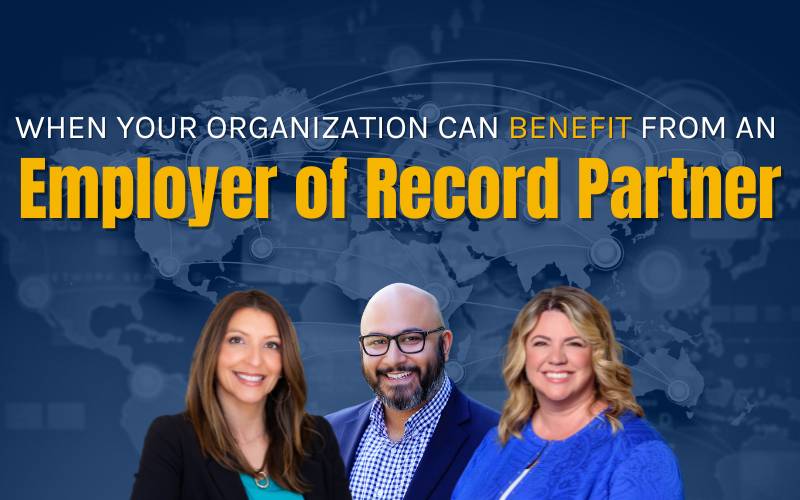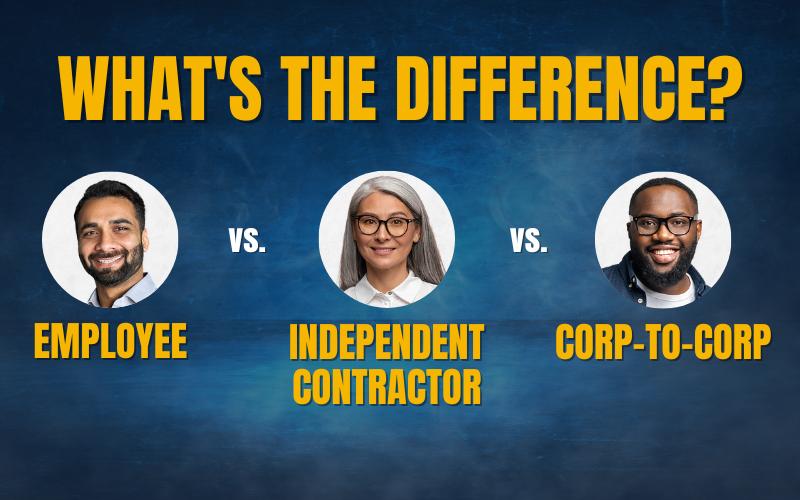For successful businesses, innovation can be a double-edged sword. While it can be exciting for consumers, established businesses often see it as counteractive to a stable bottom line.
But companies can’t afford to think like that anymore — if they ever could. Resisting innovation and ignoring disruption are great ways to end up like Blockbuster, AOL, or BlackBerry. If organizations want to remain relevant in the modern age, they have to adapt and innovate regularly while filtering their decision-making through strategic thinking.
This can be easier said than done, but it’s not beyond the realm of possibility if businesses choose to work closely with their HR teams to bring that innovation to life. An HR department fosters innovation by allowing a company’s mission, values, and vision to be clearly communicated from the top down. And that department maintains innovation through performance management systems and by identifying the kind of internal and external talent that can bring unique and outside-the-box solutions to the table.
While HR has always played a vital role in business, its significance will only become more apparent as you try to create a more agile and adaptive workforce. Here are three areas where HR’s presence can enable decision-making through strategic thinking:
Talent Strategy
No matter how impressive your overall business strategy is, you’ll go nowhere fast without the people to execute on it. HR drives agile organizational structure by identifying gaps in your organization, communicating those to stakeholders, and creating a strategy so companies can fill those gaps.
For HR departments, the challenge is figuring out who on the team already displays the competencies necessary to transition into new roles as well as what talent needs to be found outside the company. Today, more companies expand their talent pools by embracing a contingent workforce and engaging independent contractors and temporary employees through a self-sourced model, online platform, or staffing partner.
No matter what your talent strategy entails, HR plays an invaluable role in figuring out the best fit for your company and putting that vision into practice.
Performance Management Strategy
Innovation requires an organizational performance strategy that fosters employee development, creativity, and collaboration. At our organization, performance management starts with annual strategic planning that involves plotting out our goals and developing a strategy to meet them. This leads us to our annual budgeting process, which identifies the financial resources and talent necessary to execute our plan. We then cascade objectives throughout the organization, including critical projects, deadlines, learning objectives for individuals, and collaboration initiatives for teams.
HR enables the systems to manage this process before communicating and teaching the process to stakeholders. This year, we implemented a performance management tool called 15Five, which complements our long-standing practice of holding routine one-on-one meetings with employees and their managers. It also cascades objectives throughout the organization using objectives and key results (OKR) methodology. The cadence of reviewing whether an objective is met, not met, or no longer relevant is faster using OKRs — and it results in better and more agile business decisions.
It’s a lot to handle, but creating an in-depth performance management strategy is an indispensable part of agile business decision-making. And HR plays an indispensable role in that process.
Agile Workforce Strategy
Creating an agile workforce takes more than just adopting the Scrum framework and implementing stand-up meetings. It requires a change in mindset throughout the entire company. It’s up to HR to lead this change, but using an agile approach in HR has to become second nature.
Applying an agile mindset to your workforce methods can involve HR teaching higher-ups how to take a more hands-on approach to leadership instead of just acting as a manager, segmenting the organization into small and autonomous teams geared toward high performance, or crafting big-picture values and focuses that everyone in the organization embraces. Bringing all of this to fruition means your HR team will have to develop solutions in conjunction with the rest of the company, rolling them out iteratively to see what works and what does not. By developing solutions through an agile approach, HR can both lead by example, and create agile-first strategies that encourage innovation throughout the organization.
We’re living in a time of unprecedented disruption. Regardless of size or success, every business needs to be structured in a way that encourages innovation and welcomes that disruption. Your HR department will play a major role in creating and encouraging this new way of operating.
Written by: Tania Fiero, Chief Human Resources Officer
Tania Fiero is Chief Human Resources Officer at Innovative Employee Solutions (IES), a leading global Employer of Record in more than 150 countries that specializes in contingent workforce solutions such as outsourced payrolling, independent contractor compliance, and contractor management services. Founded in 1974, IES has grown into one of San Diego’s largest women-owned businesses and has been named one of the city’s “Best Places to Work” for 10 years in a row.






